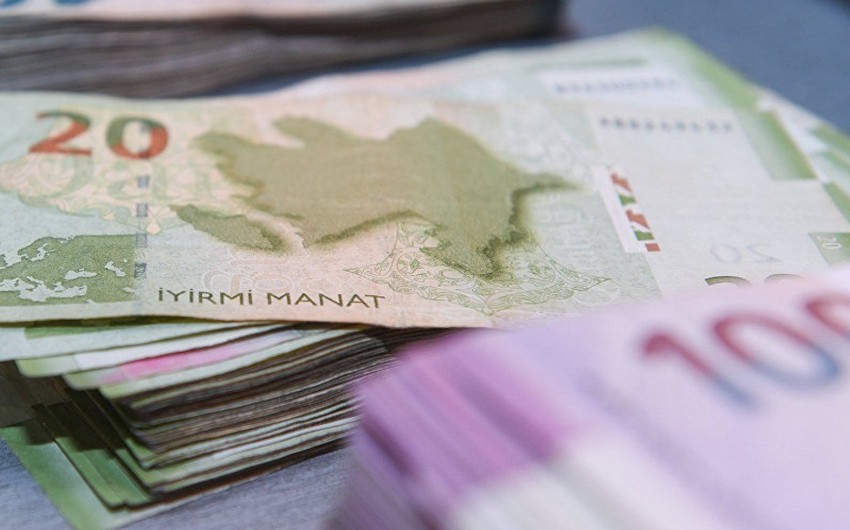Inflation in Azerbaijan is projected to accelerate to 4.0% in 2019 in line with higher salaries and, as faster growth boosts domestic demand, reach 5.0% in 2020, Report informs citing Asian Development Outlook 2019.
‘A relatively stable exchange rate should prevent high inflation’, the bank said.
According to the ADB, average annual inflation plunged from 12.9% in 2017 to 2.3%, and core inflation to 1.8%, thanks to higher prices for oil exports and tightened control over the amount of currency in circulation to stabilize the exchange rate.
With the decline in more expensive imported food, price rises for food slowed from 16.4% in 2017 to 1.7%, for other goods from 11.6% to 2.6%, and for services from 9.3% to 2.7%.
Success in reducing inflation nevertheless allowed the of Azerbaijan to cut the policy rate from 15.00% to 9.75% in four rounds during 2018 and to 9.25% in January 2019. Broad money growth slowed from 9.0% in 2017 to 5.7%. Banks continued to face challenges as the percentage of nonperforming loans remained high at 12.2%. Confidence in the Azerbaijan manat continued to firm, as indicated by the share of local currency deposits rising from 27.6% at the end of 2017 to 34.6% a year later, and the share of local currency loans rising from 59.1% to 62.0%. With greater exchange rate stability and more consumer confidence, the supply of credit grew by 10.7%, reversing 28.5% contraction in 2017.
ADB says inflation declined in other subregions, most notably from 9.0% to 7.9% in Central Asia. The subregion with the highest inflation rate, Central Asia, saw inflation slow in 2018 because of decreases in Azerbaijan and Kazakhstan: ‘Central Asia’s biggest economy, inflation decelerated from 7.4% in 2017 to 6.0% in 2018 as food price inflation slowed sharply from 8.6% in 2017 to 5.1% and increases for other goods slowed from 8.4% to 7.8%.
However, ADB thinks that inflation in Central Asia will rise on one-time price jumps in Azerbaijan, the Kyrgyz Republic, and Tajikistan. Inflation in Turkmenistan and Uzbekistan will remain high on average but should ease over time with fiscal reform, especially in Turkmenistan, and as monetary and exchange rate reform takes hold.


 https://images.report.az/photo/96cd5eb5-198f-48eb-98d0-601b9de5741f.jpg
https://images.report.az/photo/96cd5eb5-198f-48eb-98d0-601b9de5741f.jpg

